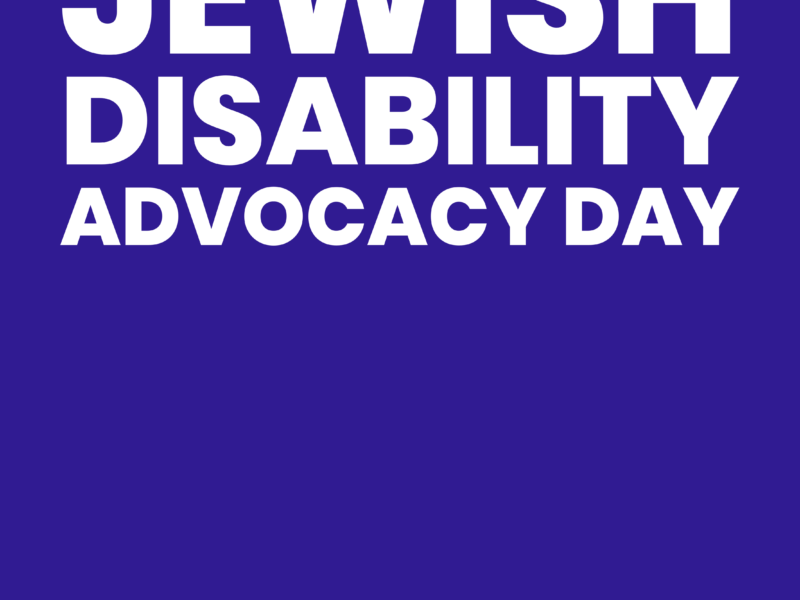New method may detect the disease 10-20 years before the onset of symptoms
Tel Aviv University ( TAU ) researchers have found that suppression of neuronal activity in a small nucleus in a specific area of the thalamus (which regulates sleep states) caused a decrease in pathological activity in the hippocampus, preventing the deterioration of the memory in Alzheimer’s disease in an animal model.
The researchers hope that their research will speed up the start of clinical trials in humans, lead to progress in the fields of early detection and prevention of the onset of dementia symptoms in Alzheimer’s disease, and in the field of treating cognitive impairments caused by surgery.
The research was led by PhD student Shiri Shoob , with the participation of Nadav Buchbinder , PhD student Ortal Shinikamin , Halit Baeloha , Dr. Tomer Langberg , Dr. Daniel Zarhin , Dr. Ilana Shapira , and Dr. Gabriella Braun from Professor Inna Slutsky ’s lab at TAU’s Faculty of Medicine and Sagol School of Neuroscience and in collaboration with Dr. Naomi Habib and Or Gold from the Safra Center for Neuroscience at Hebrew University. The study was published on on November 2, 2023, in Nature Communications. <https://support.aftau.org/
In 2022, a team of researchers from Professor Slutsky’s laboratory uncovered a pathological brain phenomenon in an animal model that precedes the first appearance of Alzheimer’s disease symptoms by many years. This is an increased activity in the hippocampus during the states of anesthesia and sleep, which results from damage to the mechanism that stabilizes the neural network.
“As early as 10-20 years before the appearance of the familiar symptoms of memory impairment and cognitive decline, physiological changes slowly and gradually occur within the patients’ brains,” explains Shoob. “There is an accumulation of amyloid-beta deposits and abnormal accumulations of tau protein, a decrease in the volume of the hippocampus, and more. Moreover, about 30% of the people who were found to have a pathology typical of Alzheimer’s disease at postmortem did not develop the typical symptoms of the disease during their lifetime. It seems, then, that the brain has an admittedly limited ability to protect itself from the damage of the disease.”
The research focused on finding those protective mechanisms which the brain has against the damage from the disease. The researchers found that during sleep, especially during sleep as a result of general anesthesia, the early symptoms of Alzheimer’s disease, which appear many years before the symptoms of dementia, could be more easily identified.
“Anesthesia reveals a pathophysiology in the brain activity in the animal model,” Professor Slutsky says. “We think that there are mechanisms that compensate for that same pathology while awake and thus prolong the pre-symptomatic period of the disease.”
The researchers identified hyperactivity in the hippocampus — “silent seizures,” which look like an epileptic seizure in terms of brain activity, but do not appear externally — in an animal model of Alzheimer’s disease compared to the reduced activity in the healthy hippocampus during sleep and anesthesia. To examine potential treatment and prevention measures, the researchers tried a variety of methods, but mainly focused on deep brain stimulation using electrical signals to the nucleus reuniens, a small nucleus in the brain that connects the affected hippocampus and the thalamus, which is responsible for sleep regulation.
“When we tried to stimulate the nucleus reuniens at high frequencies, as is done in the treatment of Parkinson’s, for example, we found that it worsened the damage to the hippocampus and the silent epileptic seizures,” said Shoob. “Only after changing the stimulation pattern to a lower frequency were we able to suppress the seizures and prevent cognitive impairment. We showed that the nucleus reuniens had the ability to completely control these seizures. We could increase or decrease the seizures by stimulating it.”
“Epidemiological studies indicate a link between aging and a phenomenon called POCD, cognitive problems that arise after surgery under general anesthesia,” Professor Slutsky says. “In young people, the symptoms usually pass very quickly, but in older people, the chance of cognitive impairment increases and it may last a long time.
“Our research indicates a potential mechanism underlying the phenomenon. We also identified a relationship between certain pathological activity in the hippocampus during anesthesia in the presymptomatic phase of Alzheimer’s to memory problems in a more advanced stage of the disease. This indicates a potential for predicting the disease in the dormant state, before the onset of cognitive decline.”
______________________________
Tel Aviv University (TAU) is a globally top-ranked university, a leading research institution, and a center of discovery. As Israel’s largest public institution of higher learning, TAU is home to 30,000 students, including 2,100 international students from over 100 countries. The University encompasses nine faculties, 35 schools, 400 labs, and has 17 affiliated hospitals in its network.
American Friends of Tel Aviv University (AFTAU) raises awareness and funds to support Tel Aviv University and advance its three-part mission of education, research, and community building in the U.S. AFTAU shares the innovative work the University contributes to the world and builds bridges between the U.S. and Israel.






